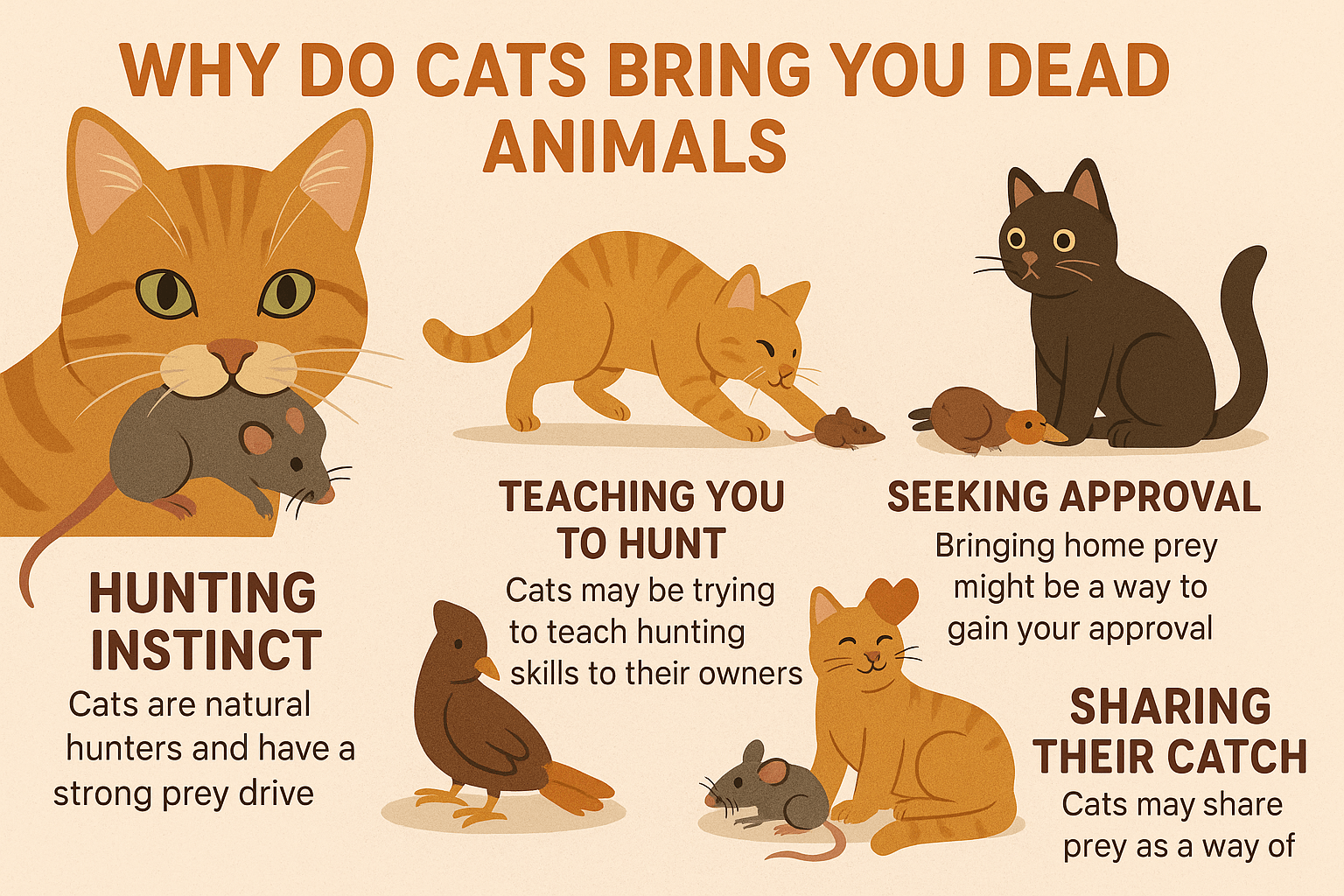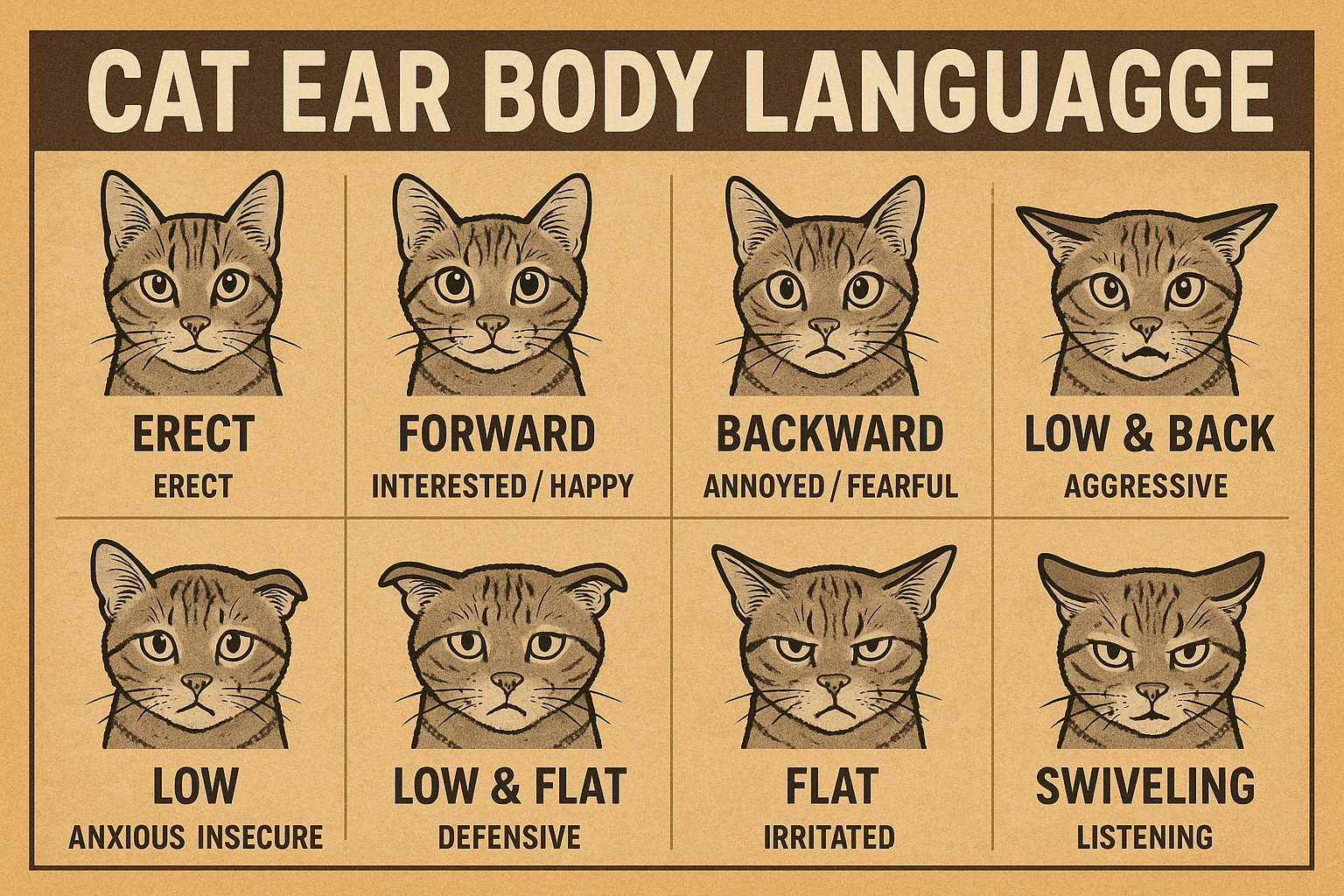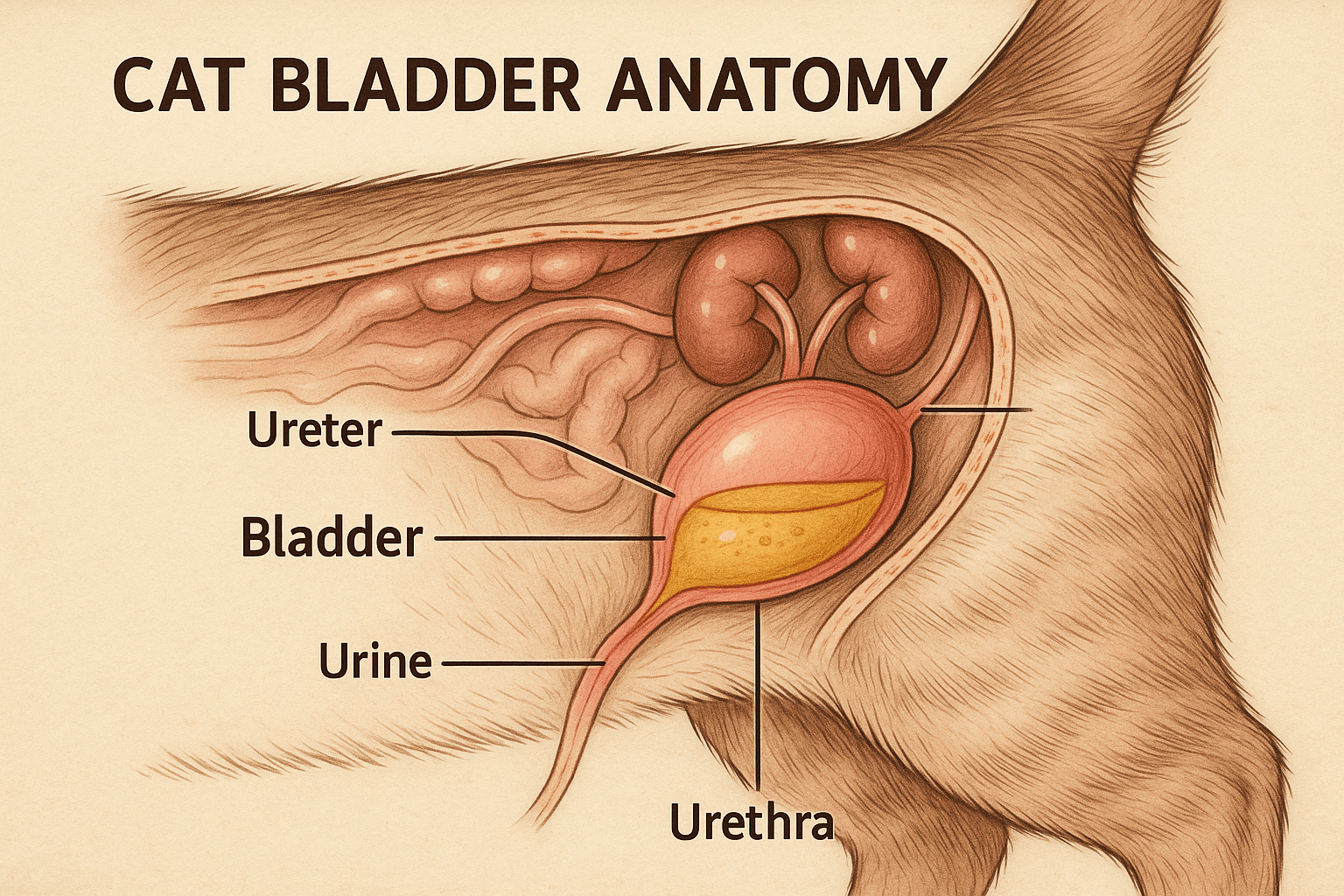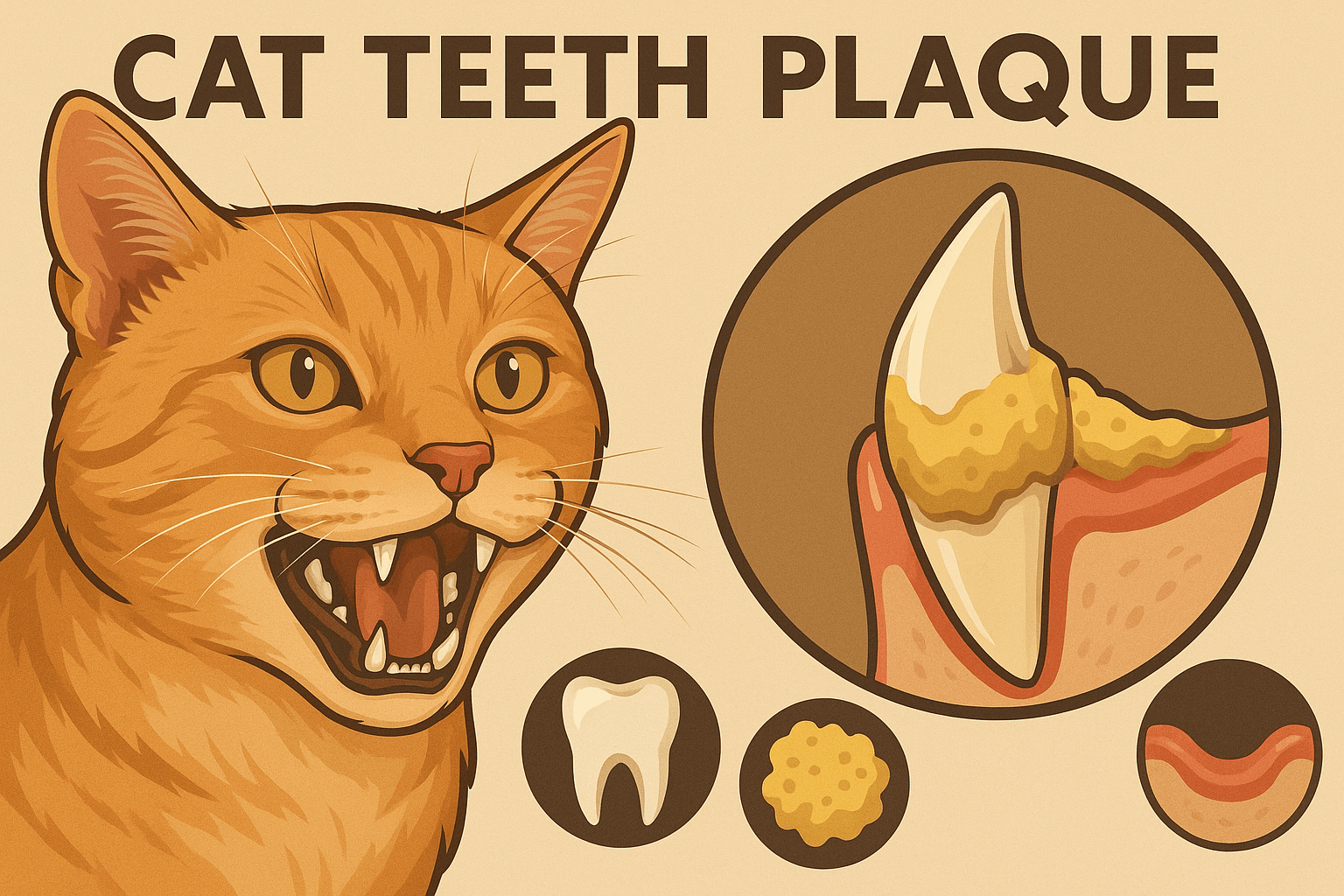Understanding the Difference: Normal Cat Nipples vs Pregnant Cat Nipples
When it comes to our feline friends, every detail matters – from their playful antics to their physical changes. One topic that often raises curiosity among cat owners is the difference between normal cat nipples and those of a pregnant cat. While it might seem like a minor detail, understanding these differences can provide valuable insights into your cat’s health and reproductive status. Whether you’re a seasoned cat parent or a first-time owner, this guide will help you navigate the nuances of cat anatomy with clarity and confidence.
What Are Normal Cat Nipples? A Quick Overview
Before diving into the specifics, let’s start by understanding what normal cat nipples look like. Both male and female cats have nipples, and they are typically small, round, and evenly spaced along their underside. Here’s a breakdown of their characteristics:
- Size and Shape : Normal cat nipples are usually flat or slightly raised, resembling tiny dots or bumps.
- Color : The color can vary depending on the cat’s fur and skin tone, ranging from pinkish to darker shades.
- Number : Most cats have between six to ten nipples, arranged symmetrically in two rows.
- Texture : They feel soft and smooth to the touch under normal circumstances.
- Location : Nipples are located on the belly, starting near the chest and extending toward the hind legs.
While these features are standard for non-pregnant cats, it’s important to note that individual variations can occur. If you notice any significant changes, consulting a veterinarian is always a good idea.
How Do Pregnant Cat Nipples Differ? Key Signs to Look For
During pregnancy, a cat’s body undergoes several transformations, and one noticeable change occurs in her nipples. These changes are part of the natural preparation for nursing her kittens. Here’s what to expect:
- Enlargement : Pregnant cat nipples tend to become larger and more prominent as the due date approaches.
- Darkening : The color of the nipples may darken, becoming a deeper shade of pink or red.
- Swelling : You might observe slight swelling around the nipple area, making them appear puffier than usual.
- Milk Production : Close to giving birth, the nipples may secrete a milky fluid when gently pressed.
- Spacing : In some cases, the nipples may appear slightly more spread out compared to their normal arrangement.
These changes are natural and indicate that your cat’s body is preparing for motherhood. However, if you suspect pregnancy based on these signs, it’s essential to confirm with a vet to ensure proper care.
Expert Opinion: Insights from a Veterinarian
Dr. Emily Carter, a licensed veterinarian with over 15 years of experience, emphasizes the importance of monitoring cat nipples: “Subtle changes in your cat’s nipples can reveal critical information about her health. Whether it’s pregnancy or an underlying medical condition, early detection through observation allows for timely intervention and better outcomes.”
Check this guide 👉 Why Is My Cat Coughing? Best 7 Expert Tips!
Check this guide 👉 Why Is My Cat Crying? Best 7 Expert Tips!
Check this guide 👉 Where Your Cat Sleeps on Your Bed and What It Means: Best 7 Tips
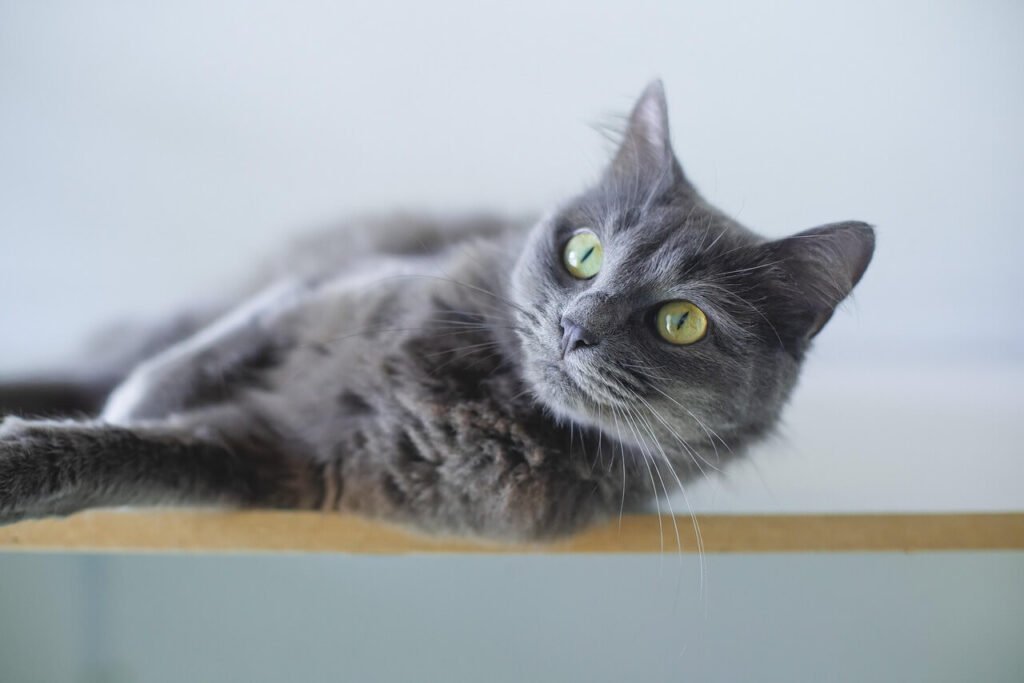
Normal Cat Nipples | Pregnant Cat Nipples |
|---|---|
Small and flat | Larger and more prominent |
Consistent color | Darker or redder hue |
Soft texture | Slightly swollen |
No milk production | May secrete milky fluid |
Symmetrical and evenly spaced | Spacing may increase slightly |
Why Does It Matter? Importance of Monitoring Your Cat’s Nipples
Keeping an eye on your cat’s nipples isn’t just about satisfying curiosity; it plays a crucial role in ensuring her well-being. Here’s why paying attention to this detail matters:
- Early Detection of Pregnancy : Identifying changes in nipples can help confirm pregnancy early on, allowing you to prepare accordingly.
- Health Monitoring : Unusual nipple changes could signal underlying health issues, such as infections or hormonal imbalances.
- Preventive Care : Regular observation enables you to spot abnormalities before they escalate into serious problems.
- Bonding Opportunity : Checking your cat’s nipples during grooming sessions strengthens your bond and builds trust.
- Veterinary Guidance : When you notice changes, you can provide accurate information to your vet, aiding in diagnosis and treatment.
By staying vigilant, you not only contribute to your cat’s health but also deepen your connection with her.
Common Misconceptions About Cat Nipples Debunked
There are many myths surrounding cat nipples, especially regarding pregnancy. Let’s clear up some common misconceptions:
- Myth #1 : Only female cats have nipples.
- Fact : Male cats also have nipples, though they serve no functional purpose.
- Myth #2 : Enlarged nipples always mean pregnancy.
- Fact : Other conditions, such as false pregnancy or mammary gland issues, can cause similar symptoms.
- Myth #3 : Cats lose nipples after spaying.
- Fact : Spaying does not affect the presence or appearance of nipples.
- Myth #4 : All cats have the same number of nipples.
- Fact : The number of nipples varies among cats, even within the same litter.
- Myth #5 : Nipple changes are always dangerous.
- Fact : Many changes are harmless, but consulting a vet is recommended for peace of mind.
Understanding these facts helps dispel unnecessary worries while encouraging informed decisions about your cat’s care.
Signs of Abnormal Nipple Changes
While most nipple changes in cats are harmless, some could indicate underlying health concerns. It’s crucial to know what abnormal signs look like so you can act promptly if needed. Here are a few red flags to watch for:
- Lumps or Bumps : Hard, irregular growths near the nipples may signal tumors or cysts.
- Discharge : Any unusual discharge (other than milk during pregnancy) should be investigated.
- Redness or Inflammation : Swollen, irritated skin around the nipples could point to an infection.
- Ulcers or Sores : Open wounds or scabs on or near the nipples require immediate attention.
- Behavioral Changes : Excessive licking or avoidance of touch around the nipple area might indicate discomfort.
If you notice any of these symptoms, don’t delay in consulting your veterinarian. Early intervention can make all the difference in your cat’s recovery and overall well-being.
How to Perform a Safe Nipple Check
Regularly checking your cat’s nipples is a simple yet effective way to monitor her health. However, it’s important to approach this task with care to avoid causing stress or discomfort. Here’s how to perform a safe and thorough check:
- Choose the Right Time : Pick a calm moment when your cat is relaxed, such as after a meal or play session.
- Use Gentle Touch : Run your fingers lightly over her belly without applying pressure.
- Observe Closely : Look for any visible changes in size, color, or texture of the nipples.
- Stay Calm and Reassuring : Speak softly and reward your cat with treats to create a positive association.
- Document Findings : Keep a mental or written note of anything unusual to share with your vet.
By making nipple checks part of your routine, you’ll not only ensure your cat’s health but also strengthen the bond between you two.
Tips for Supporting a Pregnant Cat
If your cat is pregnant, providing the right care can help her stay comfortable and healthy throughout her journey. Paying attention to her nipples is just one aspect of supporting her during this time. Here are some tips to guide you:
- Provide a Nutritious Diet : Offer high-quality kitten food or specially formulated pregnancy diets to meet her increased nutritional needs.
- Create a Quiet Nesting Area : Set up a cozy, secluded space where she can give birth and nurse her kittens in peace.
- Monitor Her Health Regularly : Keep an eye on her nipples, weight, and overall behavior to catch any issues early.
- Limit Stressful Interactions : Avoid unnecessary handling or loud noises that could upset her during pregnancy.
- Schedule Vet Visits : Regular check-ups with your vet will ensure both mom and kittens are progressing well.
With proper care and attention, you can help your pregnant cat thrive and prepare for the arrival of her little ones.
Frequently Asked Questions About Cat Nipples
Can male cats get enlarged nipples?
Yes, hormonal fluctuations or medical conditions can cause temporary enlargement in male cats.
How soon do nipples change during pregnancy?
Changes typically begin around three weeks into pregnancy and become more pronounced closer to delivery.
Should I be concerned if my cat’s nipples suddenly swell?
Sudden swelling could indicate an infection or other issue, so consult your vet promptly.
Is it safe to touch my cat’s nipples?
Yes, gentle touching is fine, but avoid excessive pressure or manipulation.
Can spaying prevent nipple-related issues?
Spaying reduces the risk of certain mammary gland diseases but doesn’t eliminate all potential concerns.
Final Thoughts: Empowering Yourself with Knowledge
Understanding the differences between normal cat nipples and those of a pregnant cat empowers you to better care for your furry companion. By recognizing the subtle yet significant changes in your cat’s anatomy, you can ensure her health and happiness throughout every stage of life. Remember, knowledge is key, and regular check-ins with your veterinarian will keep both you and your cat feeling confident and secure. So next time you give your cat a belly rub, take a moment to appreciate the fascinating world of feline anatomy – because every little detail counts!
Why Do Cats Bring You Dead Animals? Best 7 Expert Tips! Discover the reasons behind this behavior and learn how to handle it with expert advice on cat instincts, bonding, and wildlife protection.
Understanding Cat Ear Body Language: Best 7 Expert Tips! Decode your cat’s emotions through their ears, improve communication, and strengthen your bond with these expert insights into feline behavior.
Understanding Cat Bladder Anatomy: Best 7 Expert Tips! Discover essential insights into feline bladder health, common issues, and expert advice to keep your cat happy and healthy.
Understanding Cat Teeth Plaque: Best 7 Expert Tips! Discover expert advice on preventing plaque, maintaining your cat’s oral health, and ensuring a happy, healthy feline companion.


